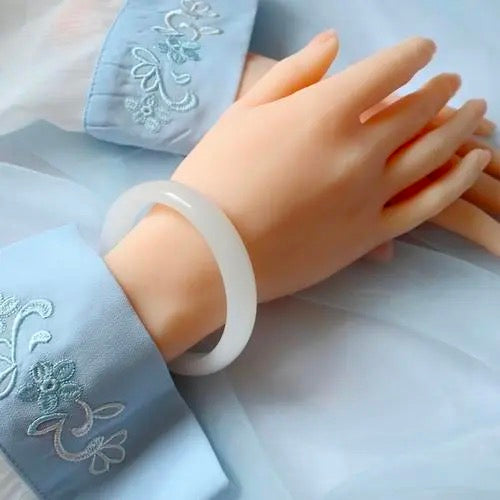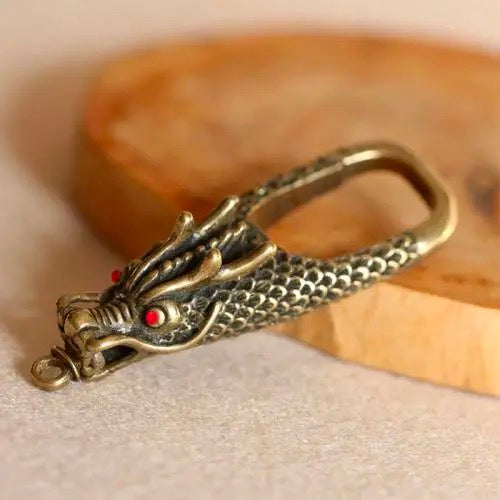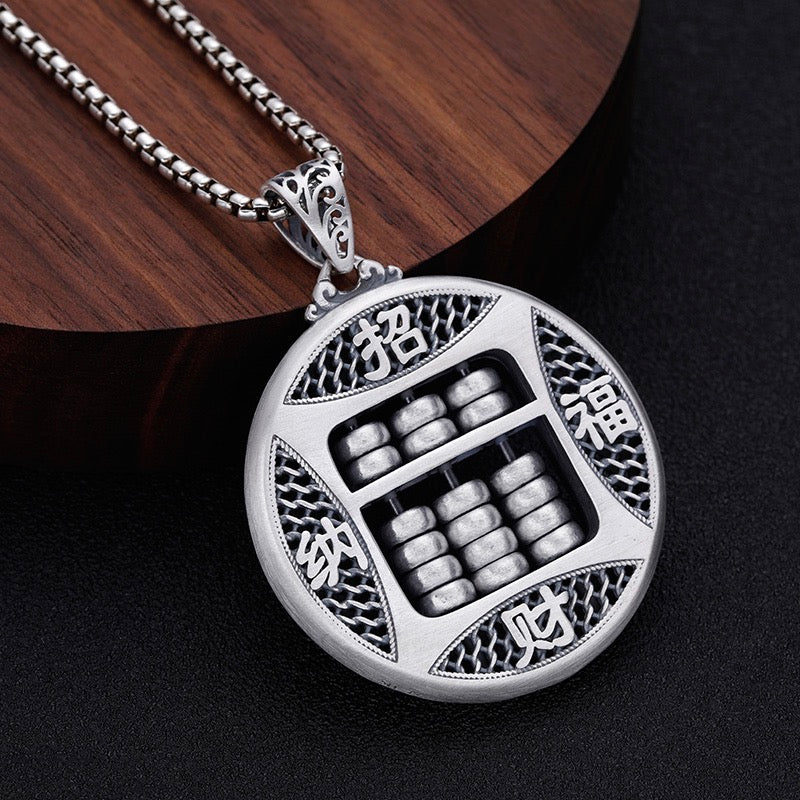The concept of a "Sapphire Branch" doesn't have specific cultural significance in Chinese culture as it does in some other cultures. However, sapphires, as gemstones, do have symbolic meanings and associations in Chinese culture. Here are some general aspects related to sapphires in Chinese culture:
Symbol of Wisdom and Virtue: Sapphires are believed to represent wisdom, virtue, and nobility in Chinese
culture. The gemstone is associated with qualities such as clarity of thought, sincerity, and integrity.
Protective Talisman: Sapphires are considered protective talismans in Chinese folklore. They are believed to ward off negative energy, evil spirits, and misfortune. Wearing or carrying a sapphire is thought to bring about blessings and protection.
Imperial Symbolism: Sapphires have been historically associated with imperial power and royalty in China. They were highly prized gemstones among Chinese emperors and symbolized their status and authority.
Astrological Significance: In Chinese astrology, gemstones are assigned to different zodiac animals. While sapphires are not directly associated with any specific zodiac sign, they are often considered auspicious and beneficial for individuals born under various zodiac signs.
Decorative Use: Sapphires, like other gemstones, are used in jewelry and decorative items. They are incorporated into rings, earrings, necklaces, and other accessories, adding beauty and elegance to the wearer's attire.
The tassel hairpin is a traditional accessory in Chinese culture that holds both functional and decorative purposes. It consists of a hairpin or hair stick with a tassel attached to it. Here are some key aspects of the tassel hairpin:
Hairstyle Fastener: The primary function of the tassel hairpin is to secure and adorn hairstyles. It is commonly used by women to hold their hair in place, preventing it from falling loose. The hairpin or hair stick part is inserted into the hair, while the tassel hangs down as a decorative element.
Ornamental Decoration: Tassel
hairpins are known for their decorative beauty. The tassels are typically made of silk threads and can be adorned with beads, gemstones, embroidery, or decorative knots. They come in various colors and designs, allowing for personalization and complementing different outfits.
Symbol of Femininity: Tassel hairpins are associated with femininity, elegance, and grace. They add a touch of sophistication and charm to a woman's appearance, enhancing her overall style. The tassels sway delicately with movement, capturing attention and exuding a sense of gracefulness.
Cultural Significance: Tassel hairpins have a long history and cultural significance in Chinese tradition. They are often seen in traditional costumes, especially during festive occasions, weddings, and cultural performances. They embody the rich heritage and craftsmanship of Chinese culture.
Symbolism of Good Luck: Tassels in Chinese culture are considered
symbols of good luck and auspiciousness. The flowing nature of the tassel is believed to attract positive energy and ward off evil spirits. Wearing a tassel hairpin is seen as a way to invite blessings and good fortune.
Regional Variations: Different regions within China may have their own distinctive styles and designs of tassel hairpins. These regional variations reflect local customs, traditions, and craftsmanship. The materials, colors, and techniques used in creating tassel hairpins can vary across different areas.
In modern times, tassel hairpins are not as commonly worn in everyday life. However, they are still cherished as cultural artifacts, often displayed in museums or used in traditional ceremonies and performances, keeping the artistry and symbolism of tassel hairpins alive.
Size: 18cm
Weight: 16.7g
Material: copper, glass, jade





















